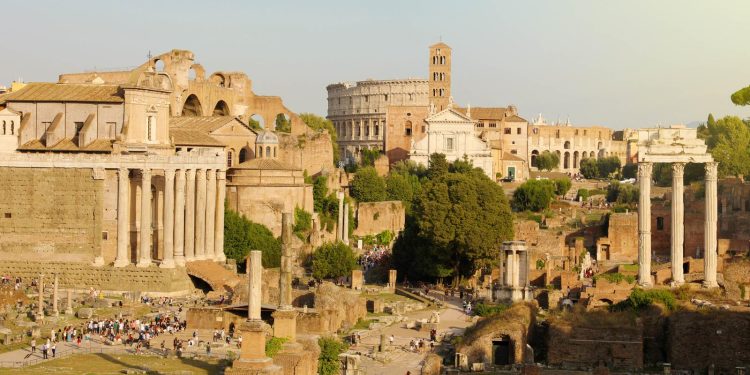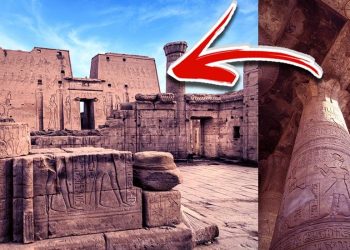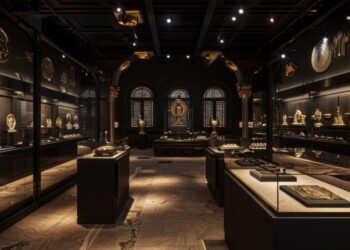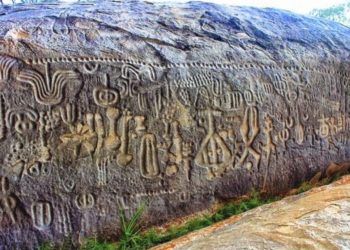A recent routine excavation in Rome has led to an extraordinary archaeological discovery—a long-buried structure that may have once served as a papal residence. This unexpected find offers new insights into Rome’s rich and layered history, especially regarding the early days of the papacy.
The discovery was made during renovation work in preparation for the Vatican’s 2025 Jubilee, a significant event that brings millions of pilgrims to the city. While updating the Piazza San Giovanni in Laterano, workers uncovered a complex architectural structure beneath the surface. This structure, dating back to between the 9th and 13th centuries, is believed to be part of the Patriarchate, according to the Italian Ministry of Culture.
The Patriarchate was historically the residence of ecclesiastical leaders, featuring a grand reception hall known as the monumental basilica. Over time, this structure expanded to house the office of the Pope, serving as the papal residence until 1305 when the papal capital was temporarily moved to Avignon, France.
The recently uncovered walls, made from materials repurposed from older, now-extinct structures, suggest the presence of a defensive perimeter around the basilica. This aligns with the turbulent period in Roman history when aristocratic families frequently clashed for power, further supporting the theory that the site served as a fortified location for the papacy.
The Italian Ministry of Culture has highlighted the exceptional importance of this discovery, noting that it offers a rare glimpse into an area of Rome that has not been extensively excavated in modern times. Gennaro Sangiuliano, Italy’s Minister of Culture, emphasized the significance of the find, calling it “yet another demonstration of the richness of the territory of Rome, an inexhaustible mine of archaeological treasures.”
This isn’t the first time that preparations for the Jubilee have led to significant archaeological finds. Earlier this year, during work on the Piazza Pia—dedicated to Pope Pius IX—archaeologists uncovered an ancient garden believed to have belonged to the Roman Emperor Caligula. This garden, dated between 37 and 41 AD, was identified through an inscription on a lead pipe found during the excavation.
The Ministry of Culture has stated that all newly discovered ruins will remain in their original locations, and further studies are being planned to explore these findings in more detail. These discoveries, though accidental, are invaluable to our understanding of Rome’s historical landscape. Minister Sangiuliano noted, “Every single stone speaks to us and tells its story: thanks to these important discoveries, archaeologists will be able to learn more about our past.”
This discovery not only enriches our knowledge of Rome’s history but also underscores the city’s endless capacity to reveal hidden chapters of its past. As preparations for the Jubilee continue, who knows what other secrets might still lie buried beneath the streets of Rome?











